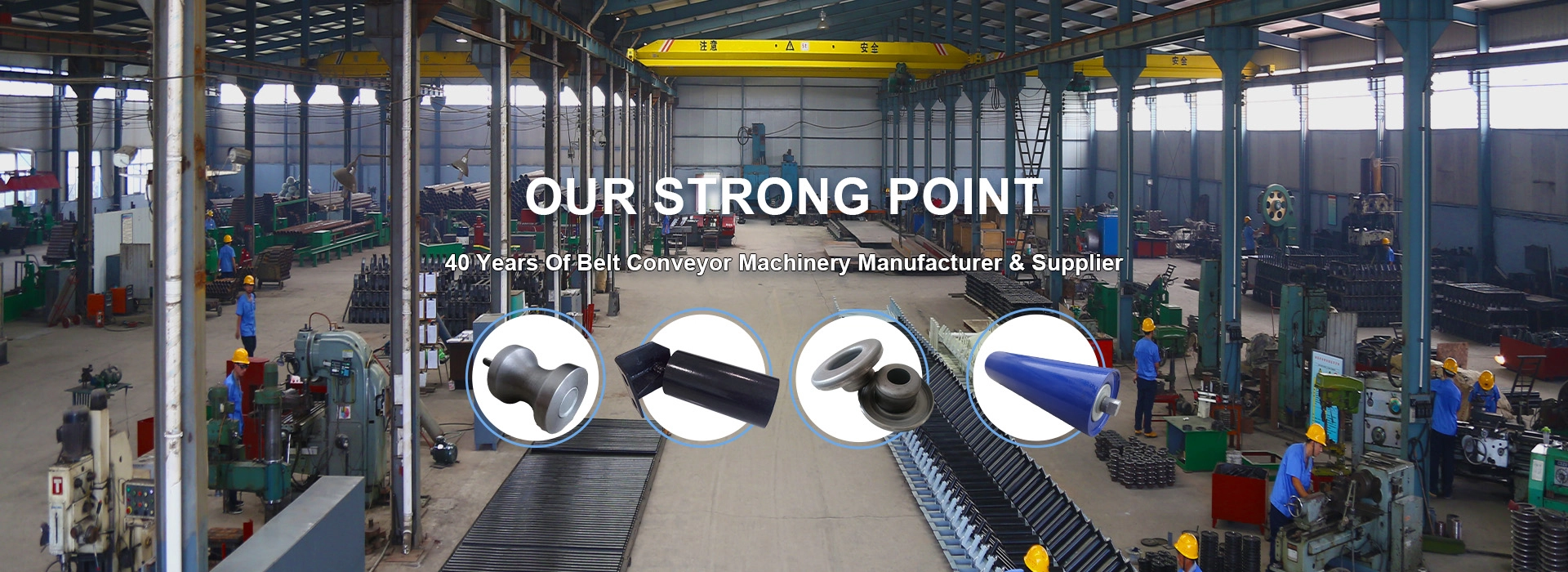 Afrikaans
Afrikaans  Albanian
Albanian  Amharic
Amharic  Arabic
Arabic  Armenian
Armenian  Azerbaijani
Azerbaijani  Basque
Basque  Belarusian
Belarusian  Bengali
Bengali  Bosnian
Bosnian  Bulgarian
Bulgarian  Catalan
Catalan  Cebuano
Cebuano  Corsican
Corsican  Croatian
Croatian  Czech
Czech  Danish
Danish  Dutch
Dutch  English
English  Esperanto
Esperanto  Estonian
Estonian  Finnish
Finnish  French
French  Frisian
Frisian  Galician
Galician  Georgian
Georgian  German
German  Greek
Greek  Gujarati
Gujarati  Haitian Creole
Haitian Creole  hausa
hausa  hawaiian
hawaiian  Hebrew
Hebrew  Hindi
Hindi  Miao
Miao  Hungarian
Hungarian  Icelandic
Icelandic  igbo
igbo  Indonesian
Indonesian  irish
irish  Italian
Italian  Japanese
Japanese  Javanese
Javanese  Kannada
Kannada  kazakh
kazakh  Khmer
Khmer  Rwandese
Rwandese  Korean
Korean  Kurdish
Kurdish  Kyrgyz
Kyrgyz  Lao
Lao  Latin
Latin  Latvian
Latvian  Lithuanian
Lithuanian  Luxembourgish
Luxembourgish  Macedonian
Macedonian  Malgashi
Malgashi  Malay
Malay  Malayalam
Malayalam  Maltese
Maltese  Maori
Maori  Marathi
Marathi  Mongolian
Mongolian  Myanmar
Myanmar  Nepali
Nepali  Norwegian
Norwegian  Norwegian
Norwegian  Occitan
Occitan  Pashto
Pashto  Persian
Persian  Polish
Polish  Portuguese
Portuguese  Punjabi
Punjabi  Romanian
Romanian  Russian
Russian  Samoan
Samoan  Scottish Gaelic
Scottish Gaelic  Serbian
Serbian  Sesotho
Sesotho  Shona
Shona  Sindhi
Sindhi  Sinhala
Sinhala  Slovak
Slovak  Slovenian
Slovenian  Somali
Somali  Spanish
Spanish  Sundanese
Sundanese  Swahili
Swahili  Swedish
Swedish  Tagalog
Tagalog  Tajik
Tajik  Tamil
Tamil  Tatar
Tatar  Telugu
Telugu  Thai
Thai  Turkish
Turkish  Turkmen
Turkmen  Ukrainian
Ukrainian  Urdu
Urdu  Uighur
Uighur  Uzbek
Uzbek  Vietnamese
Vietnamese  Welsh
Welsh  Bantu
Bantu  Yiddish
Yiddish  Yoruba
Yoruba  Zulu
Zulu Belt Conveyor Rollers - High-Quality and Durable Solutions
The Importance of Belt Conveyor Rollers in Material Handling
Belt conveyor systems have revolutionized the way materials are transported across various industries. Among the key components that ensure the smooth and efficient operation of these systems are belt conveyor rollers. These rollers play a crucial role in supporting the conveyor belt, facilitating movement, and improving overall operational efficiency.
Belt conveyor rollers are primarily used to support the weight of the conveyor belt and the materials being transported. They come in various sizes and materials, often made from steel, aluminum, or plastic, depending on the application and load requirements. The choice of roller material can significantly impact the durability and reliability of the conveyor system. For instance, steel rollers are favored for their strength and longevity, making them ideal for heavy-duty applications in mining and bulk material handling. Conversely, lighter materials like plastic may be utilized in environments where reduced weight is essential.
One of the primary functions of conveyor rollers is to minimize friction between the conveyor belt and other components. This friction reduction not only enhances the efficiency of material transport but also prolongs the life of the conveyor belt. Efficient rollers can reduce the amount of power required to drive the conveyor system, leading to significant energy savings over time. Consequently, industries are increasingly recognizing the importance of high-quality rollers in boosting productivity while minimizing operational costs.
belt conveyor roller

Moreover, the design and alignment of belt conveyor rollers greatly influence the performance of the entire conveyor system. Properly aligned rollers ensure that the belt runs smoothly and evenly, preventing unnecessary wear and tear. Misalignment can cause the belt to drift off-center, leading to material spillage and increased maintenance costs. Therefore, regular inspection and maintenance of rollers are essential practices for ensuring optimal conveyor performance.
Another critical aspect of conveyor rollers is their role in accommodating various load types and weights. Different applications may require specific roller types, such as impact rollers used in loading areas to cushion incoming materials and reduce shock to the system. Additionally, return rollers are used to support the belt on its return path, ensuring stability and reducing the risk of belt sagging.
The innovation in roller technology has also paved the way for enhanced features such as sealed bearings and self-aligning capabilities, which further improve reliability and reduce maintenance needs. As industries become more automated and demand for efficient material handling solutions rises, the evolution of belt conveyor rollers continues to keep pace with technological advancements.
In conclusion, belt conveyor rollers are fundamental components in the functionality and efficiency of conveyor systems. Their ability to support the belt, reduce friction, and accommodate various loads positions them as indispensable elements in material handling operations. As industries strive for greater productivity and reduced operational costs, investing in high-quality belt conveyor rollers is indeed a wise decision. Understanding the significance of these rollers can lead to more informed choices that enhance efficiency and sustainability in various applications across the industrial sector.
-
Revolutionizing Conveyor Reliability with Advanced Rubber Lagging PulleysNewsJul.22,2025
-
Powering Precision and Durability with Expert Manufacturers of Conveyor ComponentsNewsJul.22,2025
-
Optimizing Conveyor Systems with Advanced Conveyor AccessoriesNewsJul.22,2025
-
Maximize Conveyor Efficiency with Quality Conveyor Idler PulleysNewsJul.22,2025
-
Future-Proof Your Conveyor System with High-Performance Polyurethane RollerNewsJul.22,2025
-
Driving Efficiency Forward with Quality Idlers and RollersNewsJul.22,2025





























